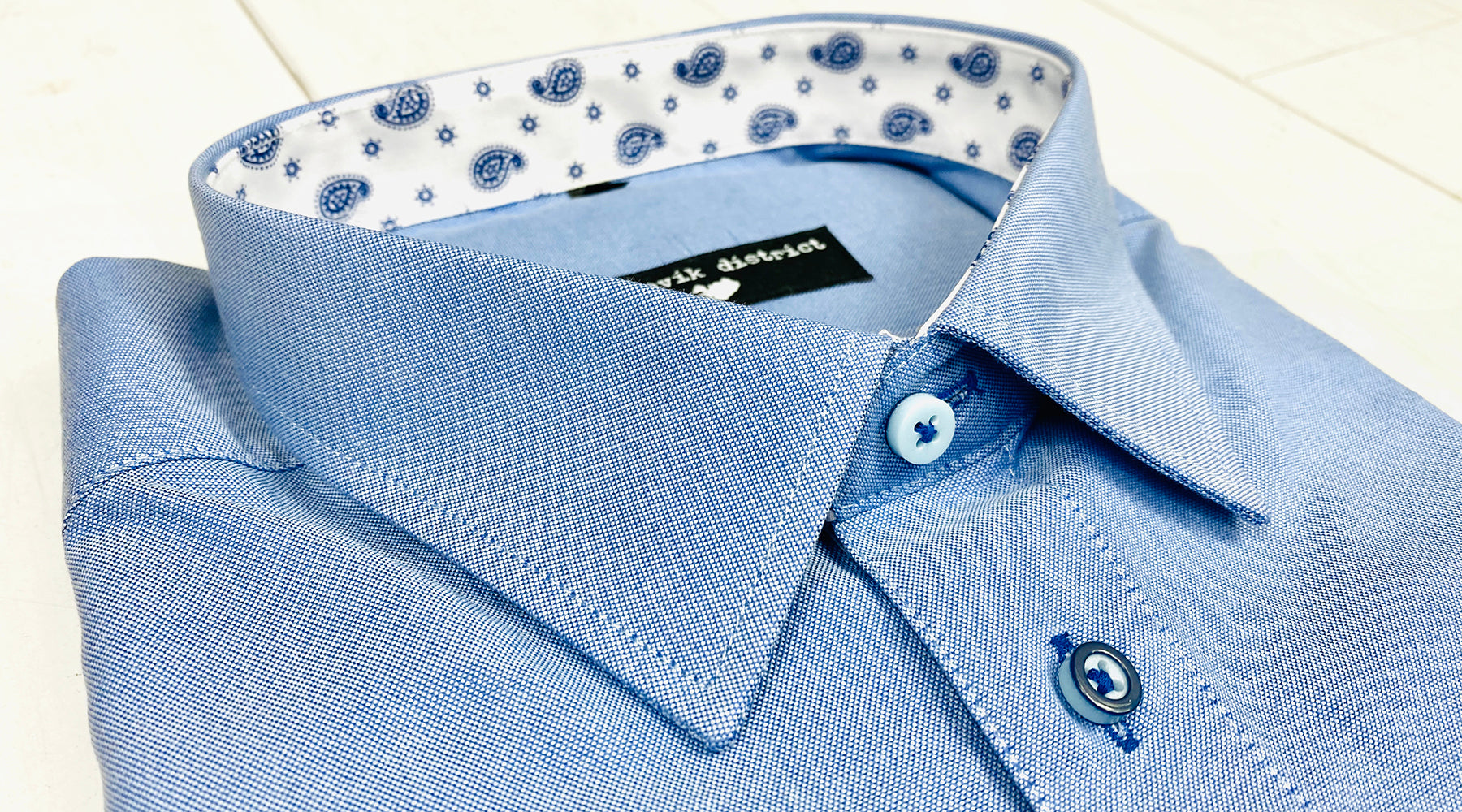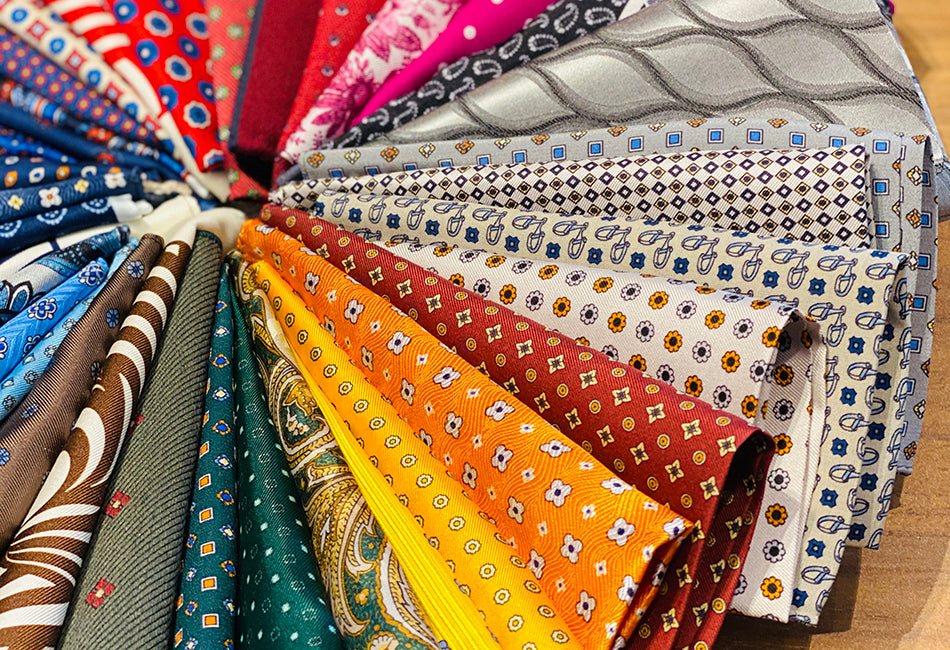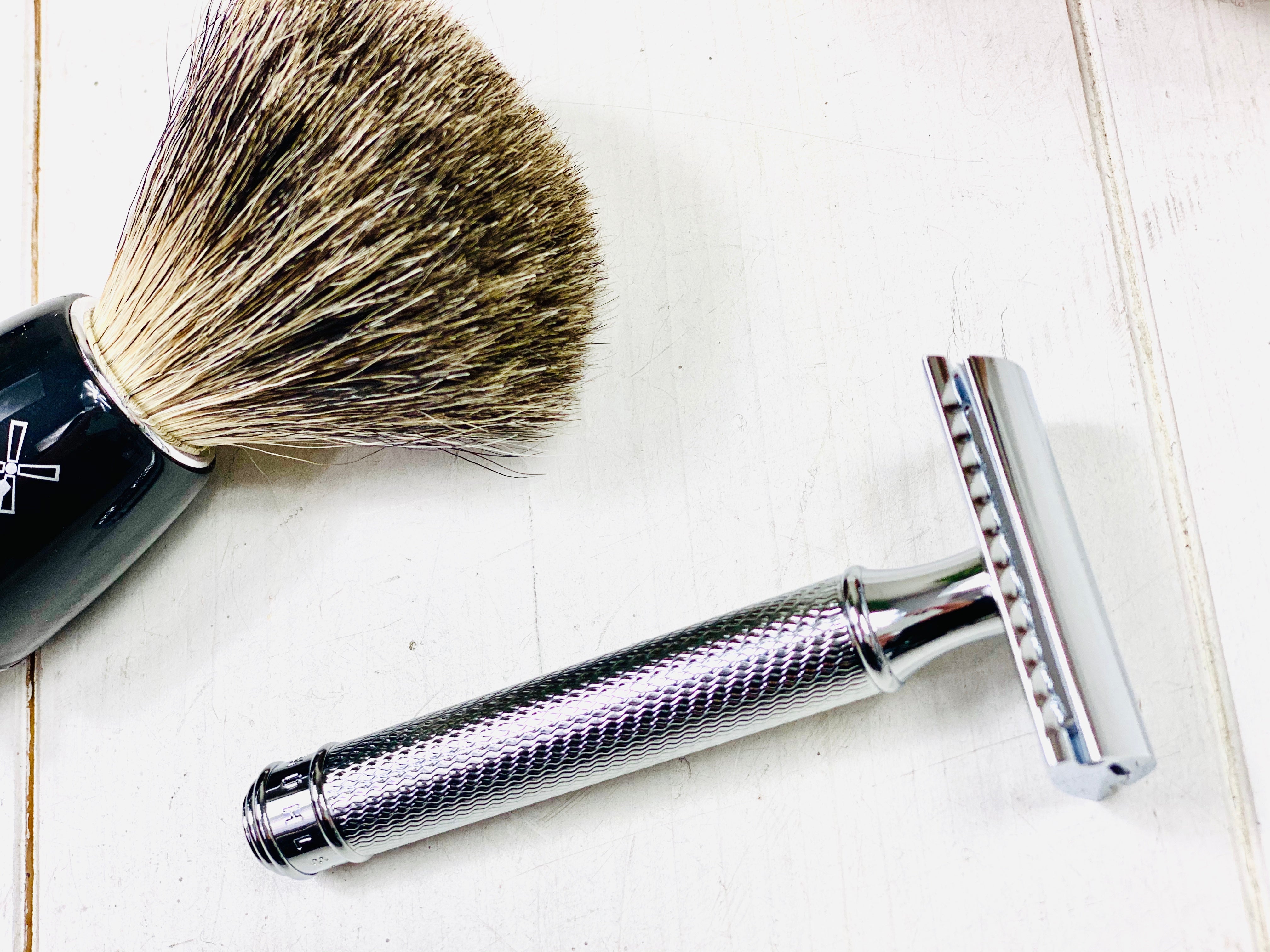
Taking care of a shirt extends the garment's lifespan
I decided to write an article about something as simple as shirt maintenance, that is, how to keep a shirt looking neat from wash to wash and ironed properly.
Wash cycle
For cotton and linen shirts, I use the rule of thumb that it should be washed when it has picked up a scent other than cleanliness. So if the underarm area smells like anything other than a mild laundry detergent scent, then the shirt can be put in the wash. In winter, the same shirt can last for several days, but in summer, you might need to wash it after just one day's use. It really depends on what you do while wearing the shirt.

With an undershirt or without?
One way to extend the wash cycle is to wear a t-shirt as an undershirt. Some consider this 'wrong' while others see it as a normal way to save clothing. Personally, I don't like the seams of the undershirt showing, so I go without a t-shirt. However, many might need to wear an undershirt due to sweating or nipple chafing. Remember to wear a deep V-neck shirt if you wear an undershirt, as having the undershirt peek out is considered a style mistake.
If we look again at the history of men's shirts, originally only the better-off could afford an undershirt, and the working class always wore a shirt without an undershirt. Of course, at that time, people never went out in public wearing just a t-shirt, because it was considered an undershirt. But this gives some perspective on the use of undershirts.
An undershirt is also used to keep warm in the winter and to protect from deodorant staining. Deodorant can ruin an expensive shirt, often due to the aluminum in the deodorant. I definitely recommend giving up deodorants that contain aluminum as they can stain t-shirts yellow under the arms very quickly. A good quality deodorant does not contain alcohol or aluminum, such as Floris's Cefiro.
Washing
Let's get back to washing. High-quality cotton and linen shirts withstand washing well, which means they don't change shape, shrink, or fade. Always follow the washing instructions and wash clothes with similar colors. I personally wash all white and light-colored shirts and t-shirts at once because they are all pure cotton and have the same washing instructions. Remember to remove detachable collar stays before washing. If the shirt has a particular stain, I recommend taking it directly to the dry cleaner. I've rarely succeeded in removing real stains by washing myself. It's also good to remember to wash the shirt 'fresh,' meaning you shouldn't collect dirty shirts for several weeks but should get the shirt washed as soon as possible after wearing.
Blended shirts are more challenging, meaning shirts that have some synthetic fiber in addition to cotton or linen, so I have completely stopped using them. The biggest problem with these is that they don't breathe properly in my opinion, and it's uncomfortable to wear them.
I usually treat the parts of the shirt that get dirty with stain remover, even if the dirt isn't necessarily visible. These areas include the cuffs (especially if you wear a watch and/or bracelets) and the collar where the neck touches the shirt. I don't have to treat the armpits because a good quality deodorant doesn't stain.
When the shirt comes out of the wash, I shake it well and hang it on a hanger to dry. It's good for the hanger to be wide so that it doesn't leave drying marks on the shoulders and also allows the shirt to dry more freely.
Unfortunately, a poor-quality shirt is usually only recognized after a couple of washes. The fabric deteriorates and the shirt may lose its shape. Pure cotton alone does not guarantee good quality, as there are many different qualities of cotton fabrics. Personally, I use shirts from Reykjavik District and Giovanni Rosmini, which have been proven to be excellent for both everyday wear and special occasions.

Ironing
Actually, I was originally supposed to write this article only about ironing a shirt. Of course, the shirt must always be clean and ironed. You can manage to iron a shirt reasonably well with a normal iron and ironing board. However, the sleeves tend to get ironing creases unless you are very careful. Fortunately, there is a tool for this, namely a sleeve board.
The sleeve board is used to slide a sleeve (or pant leg) onto, allowing it to be ironed comfortably without creating a 'crease seam.' This board in the picture is inherited from home, but a quick Google search revealed that sleeve boards are still available for sale. So, some good things seem to endure.
However, a better solution for ironing a shirt than a sleeve board is definitely a steam iron (see the following images). A steam iron is a device that blows hot steam, which helps to straighten the fabric. The steam iron is not pressed against the fabric; instead, the hot steam causes the fabric to straighten. The fabric does not get wet and is immediately ready for use. In fact, we use such a device to 'iron' all the clothes that come into the boutique, which may wrinkle during transport. A steam iron is suitable for various fabrics, but I would be very careful with silk as the steam is still one hundred degrees. The device can also straighten thicker fabrics like a wool coat or a wool blazer.

The Kuvan Singer brand steam iron was purchased from Turun Ompelukone. The price of the device is, if I remember correctly, a little over one hundred euros, so it is not a very expensive purchase. However, placing the device in a small laundry room can be a bit tricky, as it cannot be made smaller without unreasonable effort. I personally consider the steam iron to be the best way to iron any garment.


